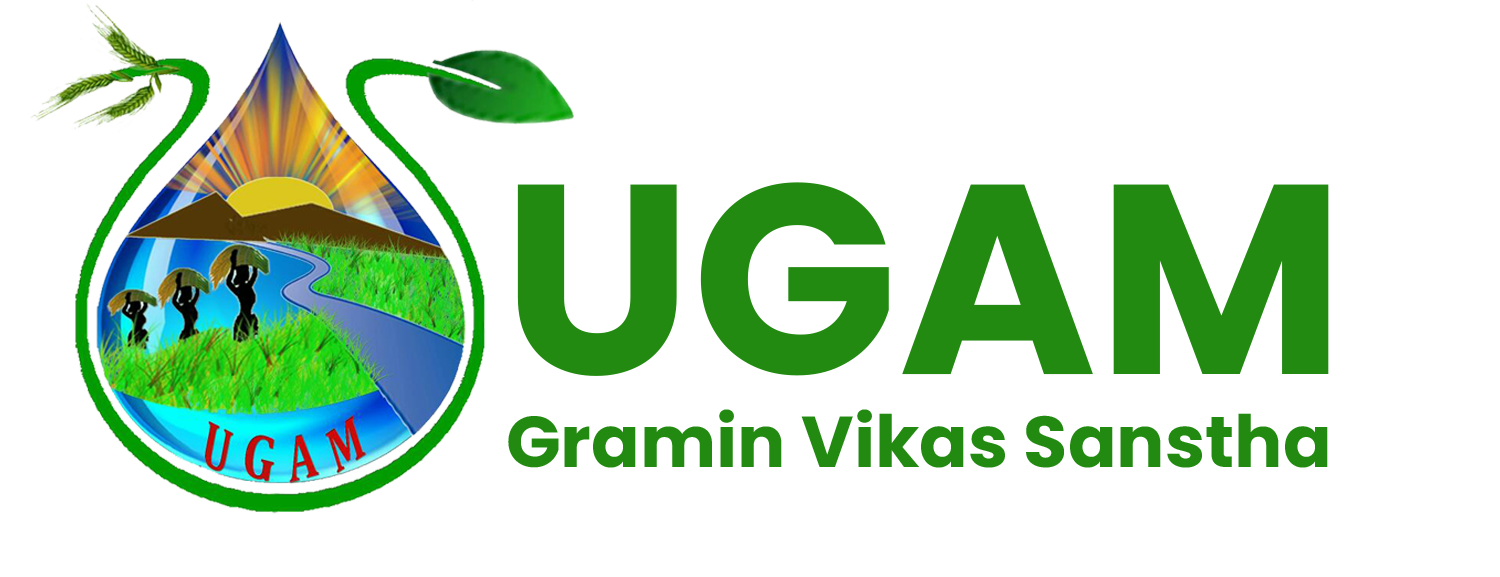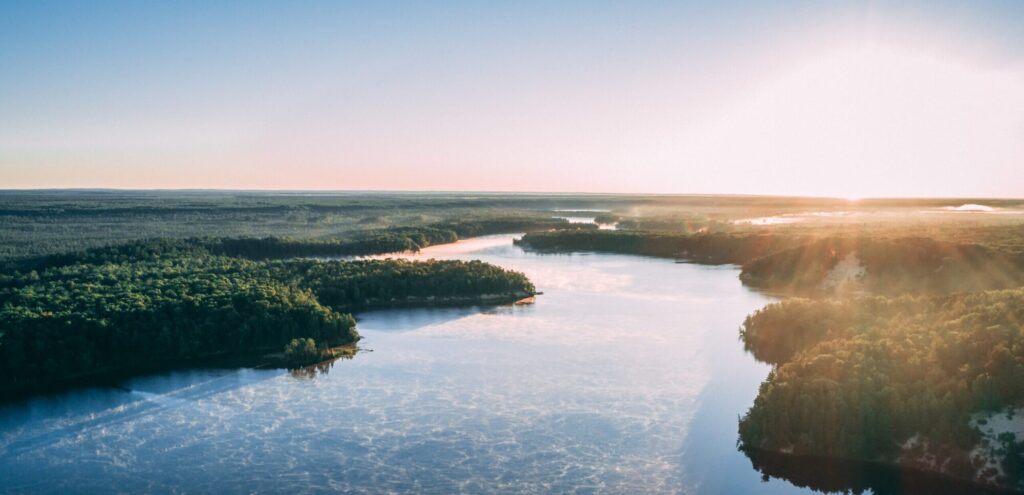EdelGive- Wild Vegetable Program
Hingoli district is spread in hilly area having tribal population in majority having the indigenous knowledge. The Tribal population is dependent on agriculture for livelihood and on the wild vegetables for food consumption. The wild vegetables and herbal medicinal plants being consumed and utilized need to be promoted for income generation activities which shall improve the health of the society. Marketing of the processed vegetable will also help in the employment and income generation. Project is to promote conservation and enhancement of growth of 19 varieties of wild vegetation which are rich in contents of micro nurturance vitamins, proteins, fibers antioxidant.





Vegitable Name Chart




Continuous Contour Trenches (CCT)
CCT is an upper level at Ridge line intervention. It is to be taken at flat level as well slope up to 5 % with depth of 1.5 feet. This treatment prevents the speed of the water flow and allows percolation of water preventing evaporation of water stored in the trench. These are made step wise
MGB- In Situ Conservation of Grassland Biodiversity
In 2007 Prof. Madhav Gadgil sir visited to Hingoli and studies on biodiversities aspect in Hingoli. In that he was focuses on Kayadhu river’s grass species. In that they found Dichanthium, sehima nervosum and sorghum contraversum. That time gadgil sir shared, the grasses is more important promote livelihood as well those are endangered situation we have to conserve it. Before, 2007 we don’t know about the importance of grasses but oldage farmers were knew about importance of marvel (dichanthium) grass. There are saying the grass is a very healthful and it is favorite of animals. Grasslands are open areas of land where grasses grow in dry environment. Grasslands receive water through rainfall, and when it does occur the grasses use their roots to search for moisture.



While there was a good water table level there were some natural sources which use to provide water for animal and human being in summer also as day by day water table is gown down and down. The Budki place being a natural site is already in existence only this structure is dried up. What is required is to desilt, deepen and widen the structure to increase its water impounding capacity. Deeping and soil erosion stopping treatment around the structure is needed. It is very low-cost structure.
In the Hingoli we found grass belts but basin of the rive’r have more important grasses hence we focused on it. When we observed and gather information from the society. Then they have shared the grasses are favorites of animal as well rare. Those grasses are founded on basin of the grass but farmers are destroyed for cultivation. Before two decades were joint families hence they use agriculture land collectively but the nuclear families takes place then agriculture land devided among the families with grassland belt. Agriculture land was divided them but it was not sufficient hence they destroyed belt. Farmers encroached grassland belt hence Ugam have intervention to stop them and increase grassland belt to promote sustainable livelihood opportunities.


Achieved Outcome/Impact
- 317 hectors grassland have been conserved for biodiversity conservation.
- 565 farmers were engaged in livelihood which is based on grassland.
- 60 percent of farmers are engaging in diary development
- In 7 village out of 12 villages milk collection center has been established
- Around 2000 students are aware about the environment importance
- 12,000 trees were planted in 12 villages
- 12 People Biodiversity Register prepared by the local people



